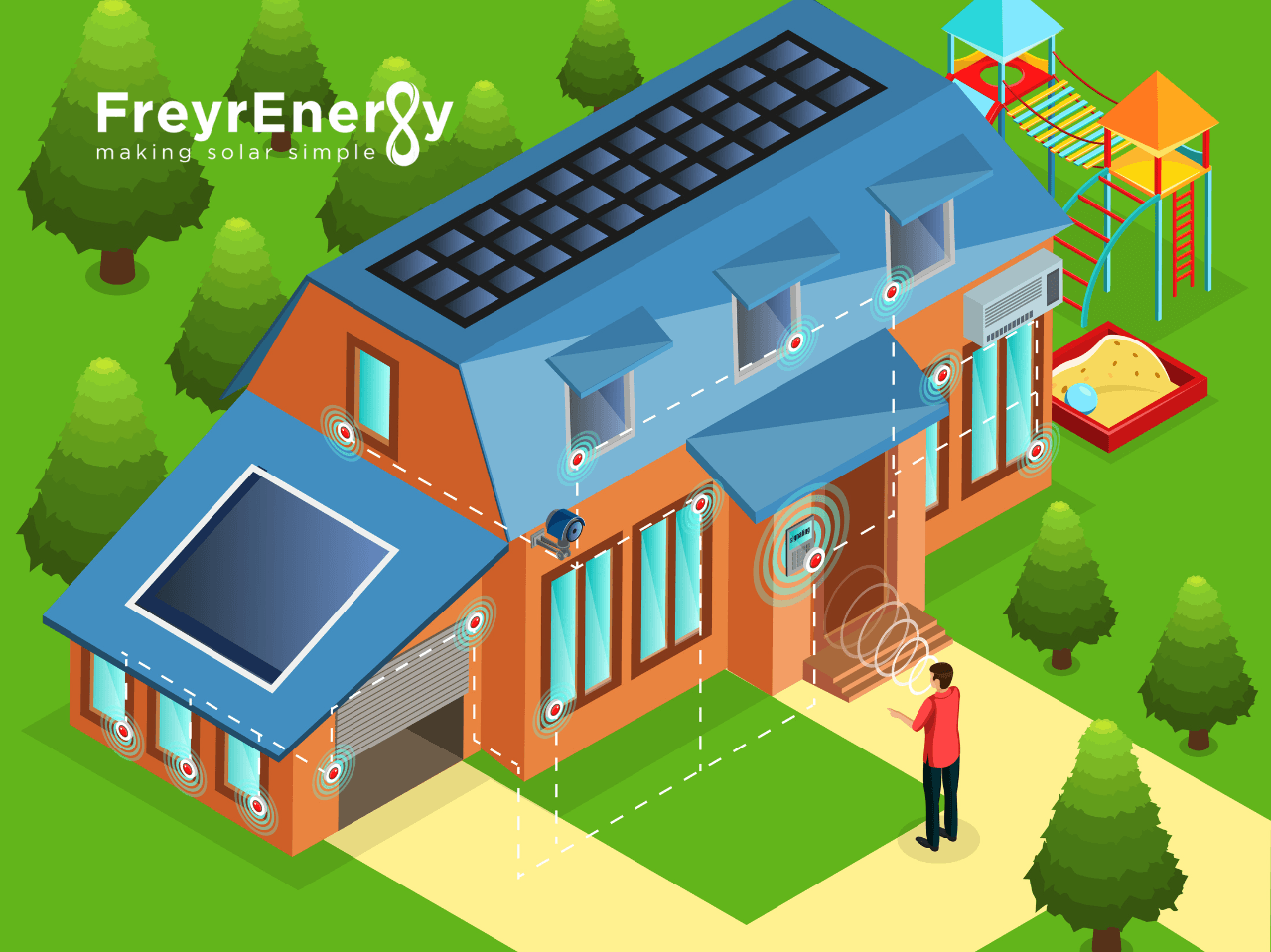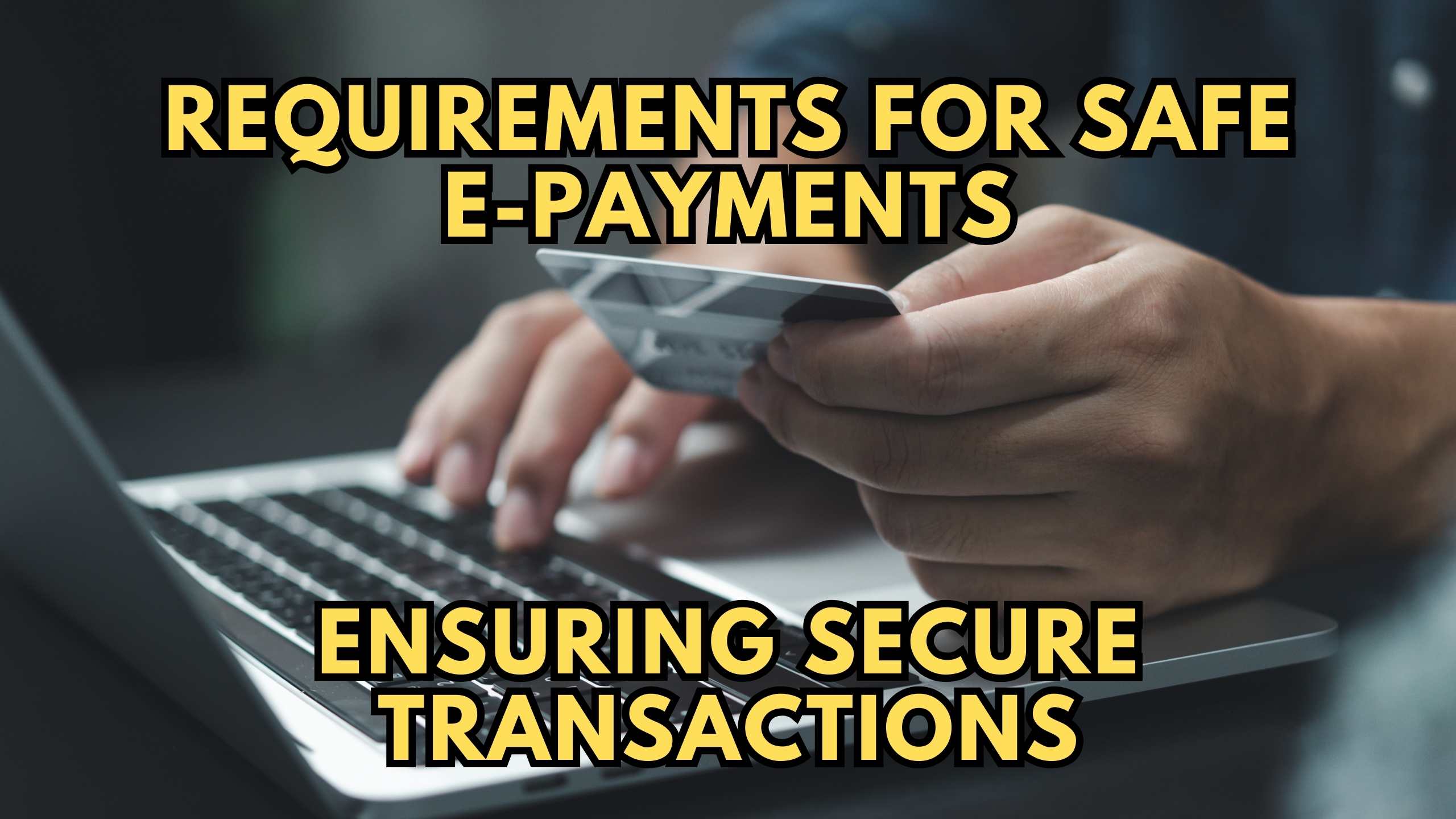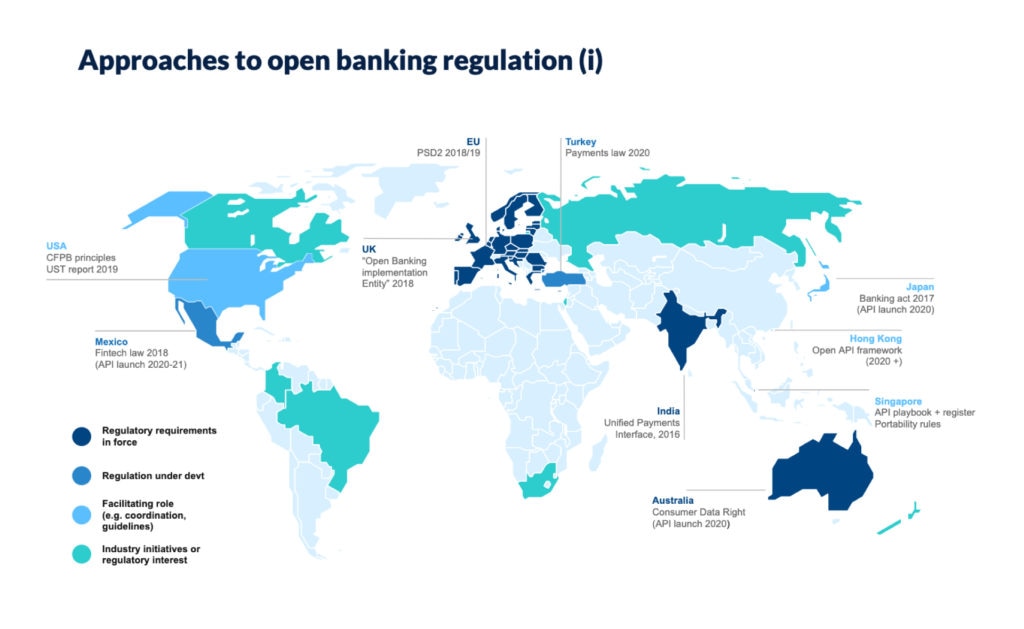
Government Subsidies for Renewable Energy: Your Guide to Going Green Affordably
The sun shines, the wind blows, and the earth provides heat – our planet is brimming with clean, renewable energy. Embracing these sources is crucial for a sustainable future, helping us combat climate change, reduce pollution, and even achieve energy independence. However, the initial cost of installing solar panels, wind turbines, or geothermal systems can seem daunting for many homeowners and businesses.
This is where government subsidies step in. Far from being a niche perk, these incentives are powerful tools designed to make renewable energy accessible and affordable for everyone. They represent a commitment from federal, state, and local governments to accelerate our transition to a greener economy.
This comprehensive guide will demystify government subsidies for renewable energy, explaining what they are, why they exist, the different types available, and most importantly, how you can find and benefit from them. Whether you’re a homeowner dreaming of solar panels or a business looking to cut energy costs, this guide is your first step towards unlocking green power.
Why Do Governments Subsidize Renewable Energy?
It might seem unusual for governments to offer financial help for private investments. However, the benefits of widespread renewable energy adoption extend far beyond individual savings. Governments invest in green energy for several compelling reasons:
- Combating Climate Change: Renewable energy sources produce little to no greenhouse gas emissions, which are the primary drivers of global warming. Subsidies encourage a shift away from fossil fuels, directly contributing to a healthier planet.
- Improving Public Health: Burning fossil fuels releases pollutants into the air, leading to respiratory illnesses and other health problems. Cleaner energy means cleaner air and water for everyone.
- Boosting Economic Growth & Job Creation: The renewable energy sector is a rapidly growing industry, creating millions of jobs in manufacturing, installation, research, and development. Subsidies stimulate this growth, fostering a new, sustainable economy.
- Enhancing Energy Independence: Relying on domestic renewable energy reduces a country’s dependence on foreign oil and gas, leading to greater energy security and stable prices.
- Promoting Technological Innovation: Incentives drive research and development, making renewable energy technologies more efficient, affordable, and accessible over time.
- Stabilizing Energy Costs: Once installed, renewable energy systems often have very low operating costs, protecting consumers from fluctuating fossil fuel prices.
Understanding the Different Types of Subsidies
Government subsidies come in various forms, each designed to provide financial relief in different ways. Understanding these types is key to identifying which ones might apply to your situation.
1. Tax Credits
- What they are: Tax credits are direct reductions in the amount of income tax you owe. Unlike a deduction (which reduces your taxable income), a credit directly reduces your tax bill dollar-for-dollar. If you owe $3,000 in taxes and get a $1,000 tax credit, your tax bill becomes $2,000.
- How they work: You typically claim these credits when you file your annual tax return. They are often "non-refundable," meaning they can reduce your tax liability to zero, but you won’t get a refund for any excess credit. However, some are refundable or can be carried forward to future tax years.
- Example: The Federal Solar Investment Tax Credit (ITC) is one of the most significant and widely used federal incentives. It allows homeowners and businesses to deduct a significant percentage (currently 30% for systems placed in service in 2022-2032) of the cost of installing solar PV systems from their federal taxes. This credit also applies to other technologies like wind, geothermal, and battery storage.
2. Grants
- What they are: Grants are direct financial awards that do not need to be repaid. They are essentially "free money" given by governments to individuals, businesses, non-profits, or local entities for specific purposes.
- How they work: Grants are often competitive, meaning applicants must submit detailed proposals outlining their project and how it aligns with the grant’s objectives. They usually have strict eligibility criteria and reporting requirements.
- Example: The USDA Rural Energy for America Program (REAP) Grants provide financial assistance to agricultural producers and rural small businesses to purchase, install, and construct renewable energy systems or make energy efficiency improvements.
3. Rebates
- What they are: Rebates are partial refunds of the purchase price of a product or service. They are typically offered by state or local governments, or even utility companies, to encourage the adoption of specific technologies.
- How they work: You usually pay the full price upfront, and then apply for the rebate by submitting proof of purchase and installation. Once approved, the rebate amount is mailed to you or credited to your utility bill.
- Example: Many state or local energy programs offer rebates for installing energy-efficient appliances, solar water heaters, or small-scale renewable energy systems. Utility companies might offer rebates for installing smart thermostats or upgrading to LED lighting.
4. Low-Interest Loans & Loan Guarantees
- What they are: These programs don’t give you free money, but they make it much easier and cheaper to borrow the funds needed for your renewable energy project.
- Low-Interest Loans: Governments or affiliated agencies offer loans at interest rates significantly lower than commercial rates, reducing your overall cost of financing.
- Loan Guarantees: The government promises to repay a portion of a loan to a private lender if the borrower defaults. This reduces the risk for the lender, making them more willing to offer loans to renewable energy projects, often at better terms.
- How they work: You apply for these loans through specific government programs or participating financial institutions. They are subject to credit checks and project evaluations.
- Example: Some states offer Green Bank programs or clean energy loan programs specifically for renewable energy and energy efficiency upgrades, often with favorable terms for homeowners and businesses. The USDA REAP program also offers loan guarantees in addition to grants.
5. Net Metering
- What it is: While not a direct subsidy in the form of money, net metering is a crucial policy that makes renewable energy (especially solar) more financially viable. It allows you to send any excess electricity your renewable energy system generates back to the grid.
- How it works: Your electricity meter "spins backward" or credits your account for the power you export. When your system isn’t producing enough (e.g., at night), you draw electricity from the grid, and your utility bill reflects only your "net" consumption (electricity drawn minus electricity exported).
- Example: Many states and utility companies have net metering policies in place, making solar power much more attractive as it effectively turns your home into a mini power plant that can sell excess energy back.
6. Performance-Based Incentives (PBIs) / Renewable Energy Certificates (RECs)
- What they are: These incentives pay you based on the actual amount of renewable energy your system produces over time.
- PBIs: You receive a fixed payment per kilowatt-hour (kWh) of electricity generated, often for a set period.
- RECs (or SRECs for solar): When your system generates a certain amount of renewable energy (e.g., 1 MWh), you earn a certificate. These certificates can then be sold on a market to utility companies or other entities that need to meet renewable energy mandates.
- How they work: Your system’s output is monitored, and payments or certificates are issued periodically. The value of RECs can fluctuate based on market demand.
- Example: Some states or utilities have programs where you get paid a set rate for every kWh your solar panels generate. Solar Renewable Energy Credits (SRECs) are common in states with Renewable Portfolio Standards, where utilities are required to source a certain percentage of their electricity from renewables.
Who Can Benefit from Subsidies?
Government subsidies for renewable energy are designed to encourage adoption across a wide range of sectors. Eligibility criteria vary greatly by program, but generally, the following groups can benefit:
- Homeowners: This is perhaps the largest group, with incentives aimed at making solar panels, geothermal heating, and other home energy upgrades more affordable.
- Businesses & Commercial Entities: From small businesses to large corporations, incentives exist to help reduce operating costs, meet sustainability goals, and enhance brand image through renewable energy adoption.
- Non-Profit Organizations: Schools, churches, community centers, and other non-profits can often access grants and specific programs designed to help them reduce energy expenses and contribute to community sustainability.
- Agricultural Producers: Farmers and rural businesses can tap into programs like USDA REAP to install renewable energy systems or make energy efficiency improvements on their farms.
- Local & State Governments: Municipalities and public agencies can receive funding to power their buildings, streetlights, and public infrastructure with renewable energy.
- Developers & Installers: While not direct end-user subsidies, some programs support the growth of the renewable energy industry itself, benefiting the companies that design and install these systems.
How to Find and Apply for Government Subsidies
Navigating the world of government incentives can seem complex, but with a structured approach, you can find the right programs for your project.
Step 1: Research, Research, Research!
- Start Federal: Begin by checking federal programs. The Database of State Incentives for Renewables & Efficiency (DSIRE) is an invaluable free resource (www.dsireusa.org). It’s constantly updated and lists federal, state, local, and even utility incentives for all types of renewable energy and energy efficiency projects.
- Go State-Specific: Many of the most impactful incentives come from your state government. Look up your state’s energy office or public utilities commission website.
- Check Local Programs: Don’t forget your city or county! Local governments often offer property tax exemptions, permitting fee reductions, or specific rebate programs.
- Utility Company Incentives: Your local electric utility company might have its own rebate or incentive programs for renewable energy adoption. Check their website or call their customer service.
Step 2: Understand Eligibility Requirements
Once you’ve identified potential programs, carefully read their eligibility criteria. This is crucial as requirements can be very specific:
- Location: Is the incentive only for specific states, counties, or utility service areas?
- Technology: Does it apply to solar, wind, geothermal, or a specific type of system?
- System Size: Are there minimum or maximum system size requirements?
- Property Type: Is it for residential, commercial, agricultural, or non-profit properties?
- Income Level: Some programs are income-qualified.
- Installer Certification: Does the system need to be installed by a certified professional?
- Timing: Are there deadlines for application or project completion?
Step 3: Gather Necessary Documentation
Applying for subsidies often requires a detailed set of documents. While requirements vary, be prepared to provide:
- Proof of Purchase & Installation: Invoices, receipts, contracts.
- System Specifications: Details about the equipment installed (e.g., solar panel wattage, inverter model).
- Permits & Inspections: Proof that your system meets local building codes.
- Energy Bills: Sometimes required to show consumption or savings.
- Tax Information: For tax credits, your Social Security Number or Employer Identification Number (EIN).
- Project Proposal: For grants, a detailed plan of your project.
Step 4: Consult with Professionals
This is perhaps the most important step for beginners. Renewable energy installers and reputable energy consultants are often experts in navigating the incentive landscape.
- Solar Installers: A good solar company will typically handle the paperwork for federal tax credits and state/local rebates as part of their service. They can also advise you on net metering policies.
- Energy Auditors/Consultants: For larger projects or if you’re looking at multiple technologies, an energy consultant can help you identify all applicable incentives and guide you through the application process.
- Tax Professionals: For complex tax credits, consult with a tax advisor to ensure you claim them correctly.
Step 5: Submit Your Application
Follow the instructions precisely. Missing information or deadlines can lead to delays or rejection. For online applications, save copies of everything you submit. For mail-in applications, consider sending them certified mail.
Step 6: Follow Up
After submitting, keep track of your application’s status. Don’t hesitate to follow up with the administering agency if you don’t hear back within the stated timeframe.
Key Considerations & Tips for Success
- Act Fast – Funds Can Be Limited: Many state and local programs, especially grants and rebates, have limited funding and operate on a first-come, first-served basis. Don’t delay your research and application.
- Combine Incentives: In many cases, you can combine multiple incentives (e.g., a federal tax credit, a state rebate, and local property tax exemption). This stacking can significantly reduce your out-of-pocket costs.
- Read the Fine Print: Always read the terms and conditions carefully. Understand any repayment clauses, performance requirements, or limitations.
- Beware of Scams: Be wary of anyone promising "free solar" or guaranteed returns without a detailed assessment of your property and energy usage. Reputable companies will provide clear breakdowns of costs and incentives.
- Consider the Long-Term Benefits: While subsidies reduce upfront costs, remember that renewable energy systems offer long-term savings on your energy bills and increase property value.
- Don’t Forget Energy Efficiency First: Often, the most cost-effective "first step" is to make your home or business more energy-efficient (insulation, LED lighting, efficient appliances). Some subsidies cover these improvements, and reducing your energy demand means you need a smaller, less expensive renewable energy system.
Conclusion
Government subsidies for renewable energy are game-changers, transforming what might seem like a prohibitive investment into an accessible and financially rewarding one. They are a clear signal that governments are serious about fostering a sustainable future and empowering individuals and businesses to be part of the solution.
By understanding the different types of incentives available and following a diligent process of research and application, you can significantly reduce the cost of your renewable energy project. Don’t let the upfront expense deter you from embracing clean power. With the right information and a little effort, you can tap into these valuable programs and start enjoying the environmental and financial benefits of going green.
The time to invest in renewable energy is now. Your planet, your wallet, and future generations will thank you.



Post Comment